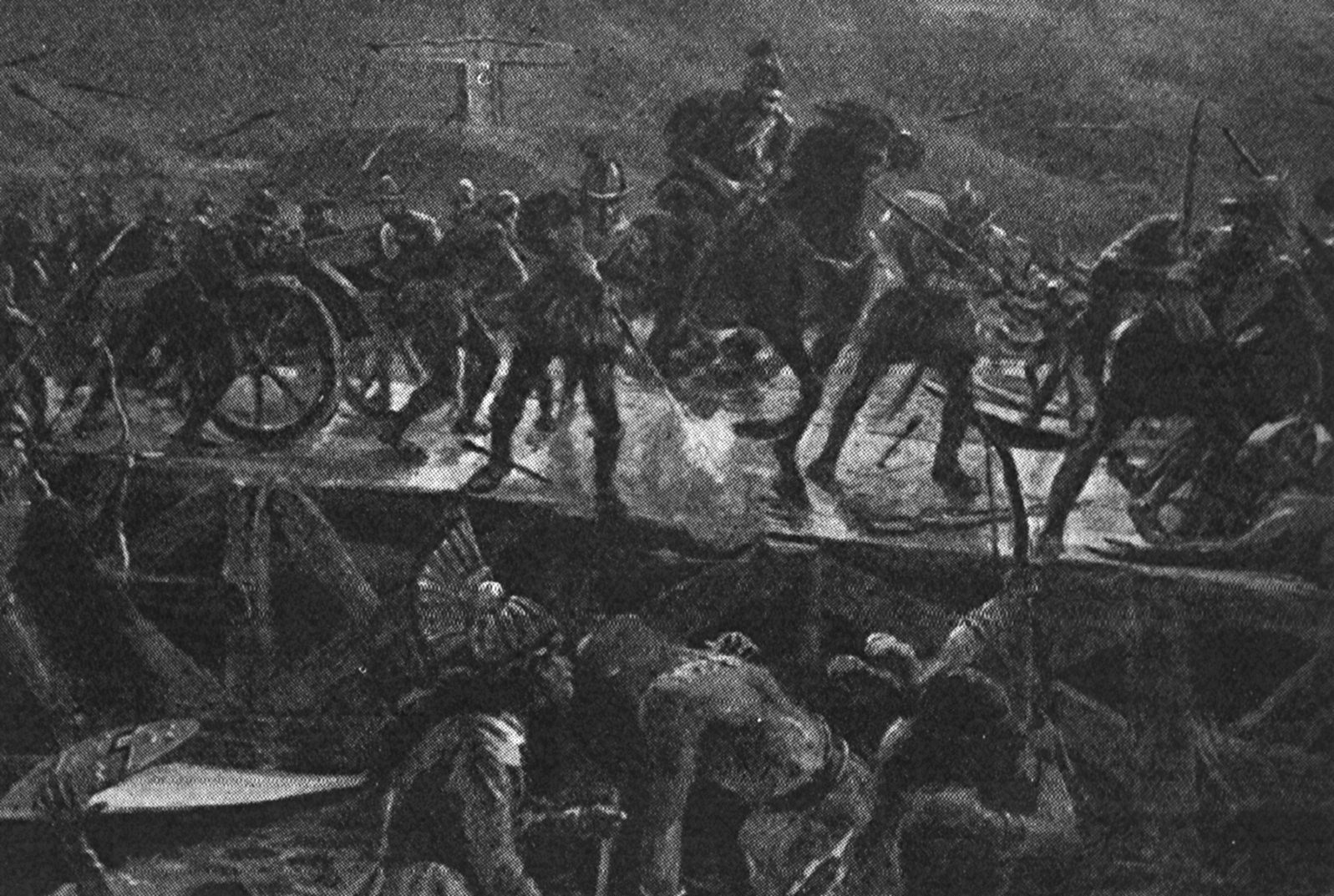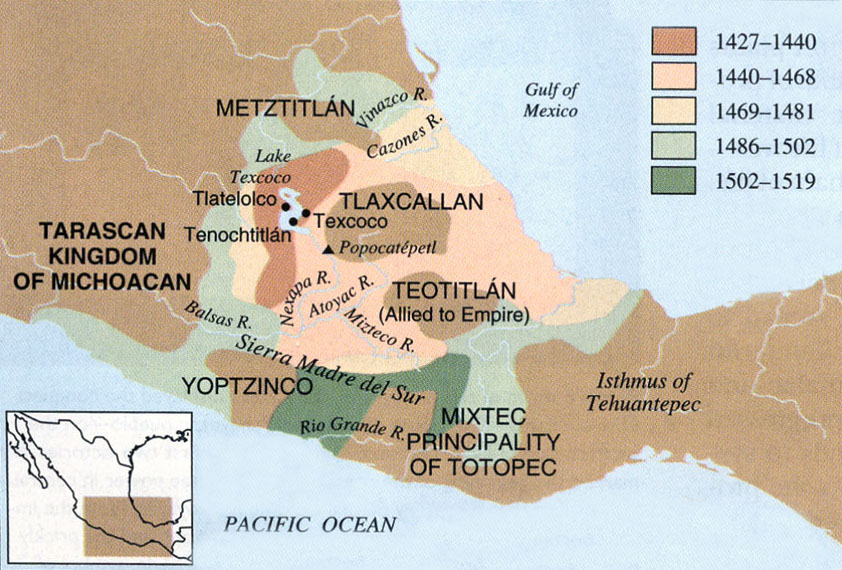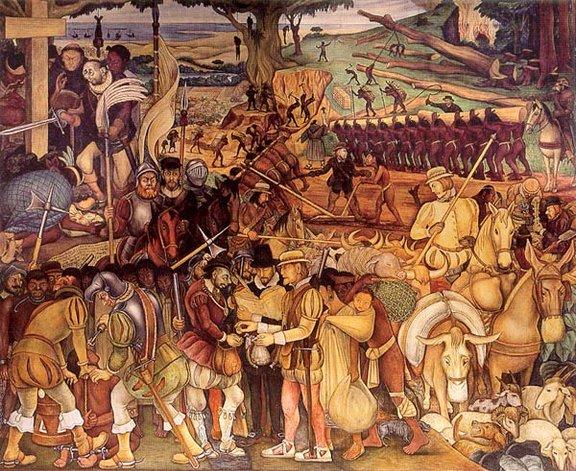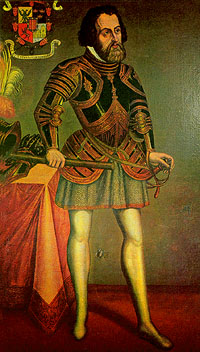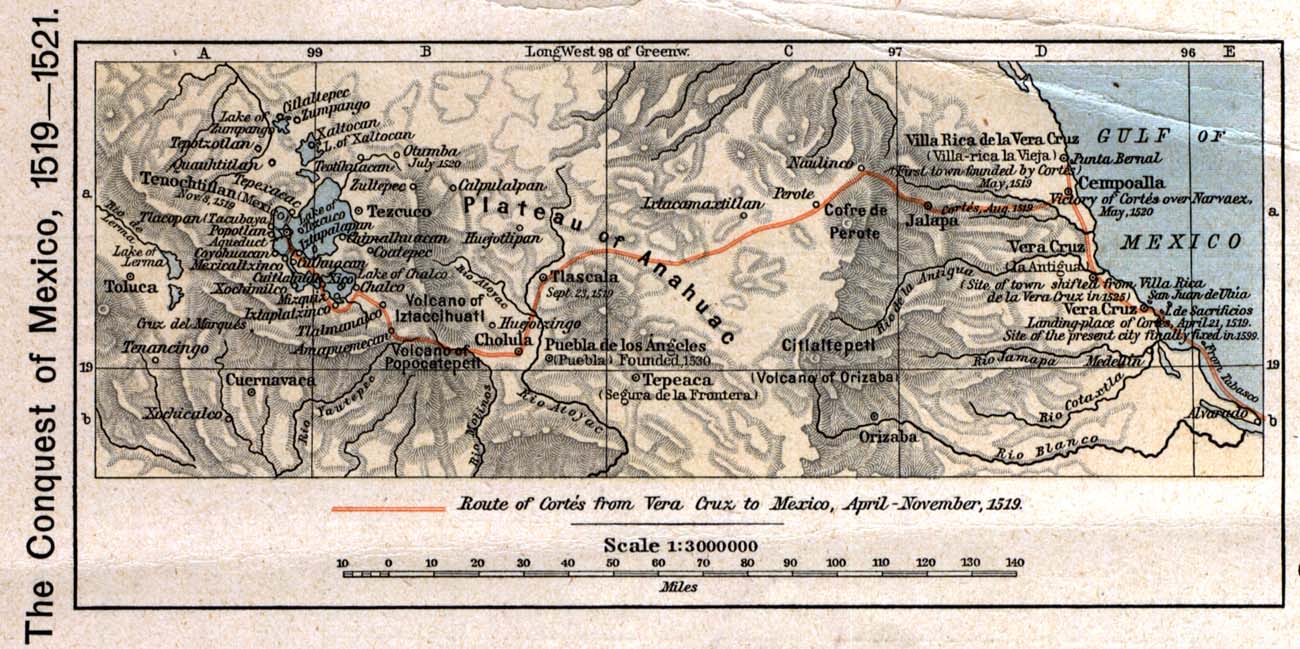
Hernando Cortes was born at Medellin, Spain on 1485 in a middle class family. In the age of 14, he was sent to a school in Salamanca to study law. As an only son, his parents expected support from him but only after two years, he returned home. He was seeking for a more adventurous life and turned his eyes to the Western world.
He started to train in the military service and became very skillful. In the year of 1502, he joined an expedition to the West Indies led by Nicolas de Ovando and Diego Velazquez. Cortes was under a command of a man called Quintero. The Ovando expedition reached Hispaniola and Cortes proved that he was a skilled, determined soldier to Diego Velasquez. On the year of 1511, he was chosen to accompany Velazquez to the expedition to Cuba.
On the year of 1518, Velazquez decided to explore further, and chose Cortes as a captain to an expedition to Mexico. On February 19, 1519 Hernando Cortes, with a force of 600 men, and less than 20 horses he set a sail to Mexico. He landed to the land of Mexico and established the town of La Villa Rica de la Vera Cruz. To prevent any retreat or desertion from Vera Cruz, he burned all his boats.

Cortes discovered the fabulous riches that the Aztec Empire had and with his troops, he marched inland to discover more about the Aztecs. Cortes learned about the religions, history and customs of the Aztecs. One of the important things that he discovered was about a god named "Quetzalcoatl." Quetzacoatl was known as a 'Winged God - Feather Serpent,' and was light skinned, and beared. The arrival of Cortes and his troops matched coincidely with the time that "Quetzalcoatl was coming" and when he reached more to the inland, Tenochititlan, the Aztecs believe that he might be Quetzalcoatl. The Aztec King, Montezuma II did not stop Cortes and his troops from entering Tenochititlan, capital of the Aztecs, whrere thousands of Aztecs lived. Hernando Cortes set up his headquarters in Tenochititlan but in the year of 1520, Cortes and his force was f0rced out of Tenochititlan when Montezuma II was stoned to death by the Aztecs, themselves. On 1521, Cortes returned with his troops and captured the Aztec city again. By that time, Hernando Cortes had conquered 5 Millions of Aztecs with less than 1000 soldiers.
Hernando Cortes returned to Spain on 1528, and was titled as a "Conqueror and Captain Governor of New Spain, Tenochititlan." In 1530, he returned to the "New World" and and settled Cuernavaca in Mexico. Cortes's final expedition was discovering Baja in California. In 1540, Cortes finally came back to Spain and died on December 2, 1547 near Seville.











